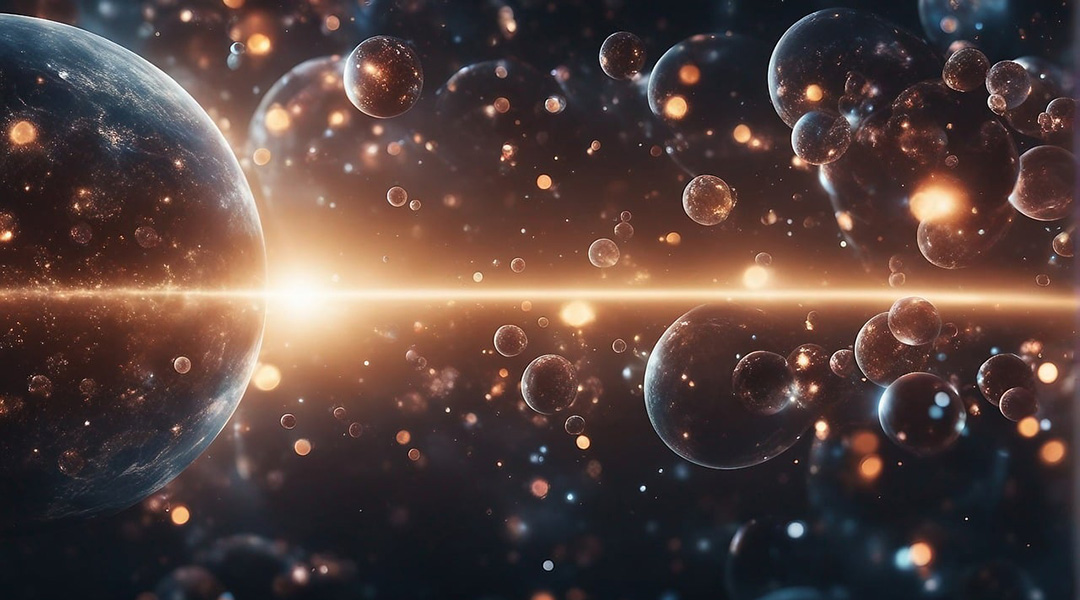The link between entanglement, energy, and the phase transition from superconductor to insulator isn’t just a theoretical curiosity.
Scientists have recently discovered an unexpected link between quantum entanglement and the energy needed to drive a material from a superconducting to insulating state.
Superconductivity, in which electrical resistance in a material vanishes, is a quantum property and occurs when two electrons become paired. But the exact role of entanglement, specifically when a material undergoes transitions from one state to another, such as from a superconductor to insulator, is still relatively unknown.
A team of scientists from York University believe that a clearer understanding would allow them to advance quantum technologies, such as room temperature superconductors or quantum batteries. But before they can progress to these advanced applications, the team needs to first understand what happens to the particles in such materials as they move from one state to another.
“The quantum phase transition we are studying connects two different states: The first is superconductive, where electrons can freely move without resistance,” explained Irene D’Amico, a professor in the Department of Physics at the University of York and one of the study’s authors, in an email. “The second is an insulator, where electrons are localized and one would have to pay a high energy prize to move them.”
This localization or immobilization of the superconductor’s electrons is achieved by introducing impurities — atoms or molecules that interact with the electrons — into the material.
“By controlling the addition of impurities in the system, we trigger the transition between the two states [from superconductor to insulator]: Impurities impede the electrons’ motion by attracting and then trapping them to their location,” said D’Amico.
Getting to the bottom of superconductor phase transitions
Phase transitions are abrupt changes in a system’s state, like the shift from liquid to vapor. When and how a phase transition occurs depends on the subtle details of the interactions between the particles that make up the system, such as the electrons and impurities in the superconductor that D’Amico mentioned.
In their study published in Advanced Quantum Technologies, D’Amico and a team of scientists from Ireland, Brazil, and the UK analyzed the superconductor-insulator phase transition using the Hubbard model, a quantum theory often used to describe the motion and interaction of electrons.
Aided by computer simulations, the researchers examined how changes in impurity count, the strength of their interactions with electrons, and the quantum entanglement of the electrons, affected a material’s ability to transform into an insulator from a superconductive system.
They found that in a material on the verge of transitioning from being a superconductor to an insulator (much like water heated to boiling, but not yet evaporating), the energy required to change the concentration of impurities and the rate at which they attract the superconductor’s electrons is greater compared to when the system’s state is farther away from transitioning.
Surprisingly, the level of entanglement of electrons at the transition turned out to be minimal — a property that was not previously known. “To the best of our knowledge, our paper is the first to make a connection between the entanglement of a localized phase and the [energy required to change the system],” D’Amico added.
Next “phase”
This connection between the phase transition, the energy input, and entanglement isn’t just a theoretical curiosity but can be applied in experimental studies. Certain subtle properties of the energy required to change the system, also known as work, offer new tools to study this superconductor–insulator phase transition in more detail in future.
“We find that certain properties of work distribution are very sensitive to quantum phase transitions and can be used to signal them,” explained D’Amico. “In principle, this could be a way to measure the occurrence of this transition, which is still not well understood.”
Beyond its theoretical significance, understanding the microscopic phenomena that occur during a phase transition can translate into practical applications. The team’s insight could lead to the development of more efficient batteries, where energy is stored in the quantum states of atoms and molecules, as well as thermal quantum engines driven by changes in material states.
“From a technological perspective, maximum work at the transition means that the system absorbs the most energy [at that point in time]. This feature can be used to implement a quantum critical battery [which requires knowing when the system can store the most energy to be most efficient],” explained D’Amico.
Reference: Krissia Zawadzki et al, Work Statistics and Entanglement Across the Fermionic Superfluid-Insulator Transition, Advanced Quantum Technologies (2024). DOI: 10.1002/qute.202300237
Feature image credit: Pixabay












+ There are no comments
Add yours